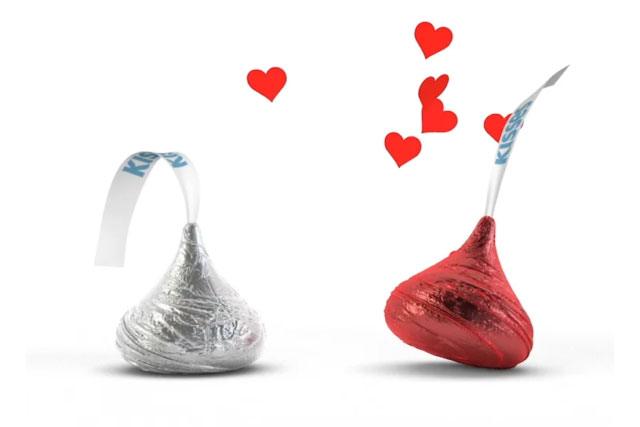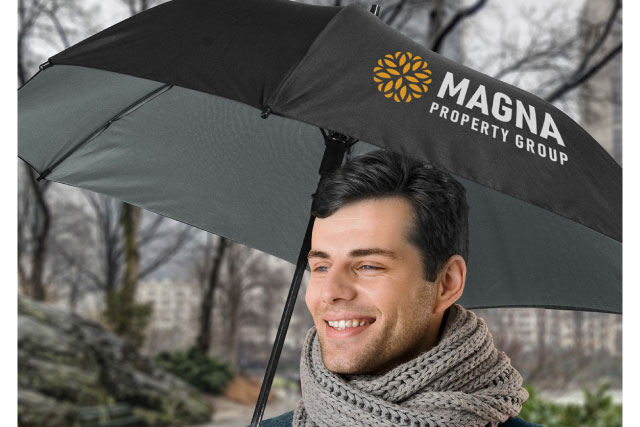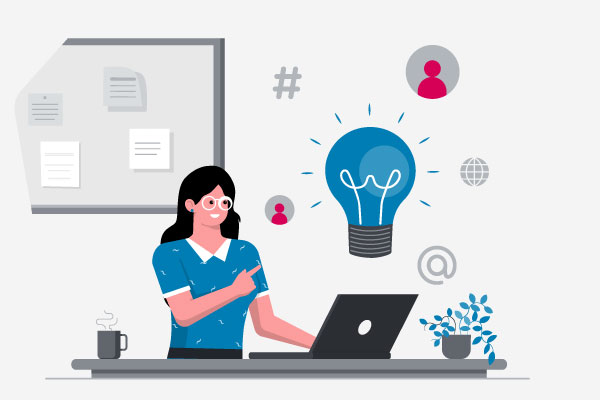We don’t always act rationally. After all, there are many choices all of us make every day that are not always as calculated and “smart” as we seem to believe, shaped by hidden forces seemingly beyond our control.
You as a marketer can take advantage of these biases to keep your brand top of mind and your target market engaged.
“We can be blind to the obvious, and we are also blind to our blindness.”
Daniel Kahneman
These 5 principles show you why promotional merchandise works and provide you with some insights that could help you make better decisions in both your personal and professional life.
1. The Power Of Free
I think we’ve all been there. Waiting an embarrassing amount of time to get something that we could have easily purchased for less if we had spent that time working instead.
I recall a day at Uni when I was willing to wait an hour for a free burrito, which I seem to remember tasting better because it was free. But why do we do it? Because it was FREE of course!
The rush you get when you feel you have “cheated the system”. Laughing in the face of the proverb that “There ain’t no such thing as a free lunch” (Okay maybe they’re onto something with that one).
Consumers do not always act rationally when presented with a free option. Take this experiment conducted by Dan Ariely and coauthors at MIT. Some afternoons they offered candies for 1 cent each and other afternoons they offered the same candies for free.
They then measured how many students dropped by the stand and how many candies each student took. So what do you think happened?

Well when the candies were 1 cent, only 58 students dropped by. But when they were free, 207 students dropped by. A 1 cent difference in price caused nearly 4 times more students to attend.
They did another experiment providing consumers with the choice of Lindt or Hersheys. They set up two scenarios, Scenario A: Hershey’s was 1 cent and Lindt was 14 cents and Scenario B: Hershey’s were free and Lindt was 13 cents. Take note that both had the same difference in the price of 13 cents.
In Scenario A: 8% of customers bought Hershey’s and 30% of customers bought Lindt. In Scenario B, 31% of customers took Hershey’s whereas only 13% of customers bought Lindt. A huge impact for such a small price difference that can only be explained by consumers treating free products more favourably even when something is only 1 cent.

So people like free things. But what does this mean for promotional products?
Well, I’m glad you asked. Psychologists believe we “overvalue” free products because of what they call Affect.
Free products make people happier. And as you would know many promotional products are given away free! Evoking positive emotions puts your brand in a good light and increases the memorability of your organisation.
It also makes them more likely to hold onto that product, therefore increasing the number of impressions that item will generate over its lifetime.
This is one of the reasons Promotional Products are one of the only advertising mediums your target audience will beg you to receive.
2. The Norm Of Reciprocity

Turns out the old phrase “you scratch my back and I’ll scratch yours” is something we’re doing even if we don’t know it!
The rule of reciprocity is a social norm wherein if someone does something for you, you then feel an obligation to return the favour. Even if you don’t consciously intend to.
In 1974 a sociologist named Phillip Kunz mailed out handwritten Christmas cards to 600 total strangers as an experiment. And guess how many responses he received back?
Nearly 200. Yes, that’s the power of reciprocity at work, even though the card was sent from a stranger they still felt the need to respond. (So maybe if you’re lonely this Christmas writing some letters is not such a bad idea)
The act of giving promotional products or corporate gifts is seen as a favour by the recipient and according to the norm of reciprocity are more likely to return the favour.
Whether this is buying your products, putting in more effort at work or even becoming a loyal brand advocate. A small gift shows appreciation and has big payoffs.
3. Fear of Missing Out (FOMO)

Chances are at some stage you’ve attended a convention or event and seen someone walking around with some branded merchandise that you wanted, no… needed. Whether it’s a cap, backpack, t-shirt or bag. It might not even be something that you necessarily liked that much. But you can’t stand the thought of missing out!
Fear of missing out now popularly known as “FOMO” is an apprehension that others might be having rewarding experiences from which one is absent. It is one of the reasons why so many people are frequently engaged in social media.
This phenomenon works great for promotional merchandise and encourages others that see your products to even seek you out. This works best for freebies and can also give the recipient a sense of exclusivity due to the scarcity of products.
Bonus Tip: Use social media to promote your promotional products and emphasis to your target market that they don’t want to miss out.
4. Endowment Effect and Loss Aversion

If you want to get someone to value something, simply give it to them. Yes I know that sounds odd. But according to the Endowment Effect, it’s something we tend to do.
The Endowment Effect is the emotional bias that causes people to value items they own higher than they should, often irrationally. In other words, it’s a circumstance in which a higher value is placed on an object owned when compared with the same object if it was not owned by the individual.
One of the most well-known experiments of this is a study done by Kahneman, Thaler and Knetsch who looked to understand how this effect impacts our decision making.
Randomly chosen applicants were given a coffee mug for free (sellers) and another group received nothing (buyers). They were then asked to allocate how much they were willing to sell the mug or buy the mug respectively.
Findings from this showed that the median price a seller was willing to part with their mug was $7.12. The buyers were only willing to spend $2.87 on average to buy. Meaning that those that owned the mugs placed a significantly higher value on the mugs when compared to the buyers (over double the value!)
Just think about it. What other advertising mediums are “owned” by your target audience. Giving them a physical, tangible product instantly gives them a sense of possession of your brand (and therefore a higher perceived value of it as well).
Did you know that according to a PPAI study after receiving a promotional product, 85% of consumers do business with the advertiser?
5. Mere Exposure Effect

This is the psychological phenomenon in which we develop a preference for certain things, products or companies by simply being familiar with them. Also known as the familiarity principle.
A great example of this is the first time you hear a song on the radio or Spotify you might shrug. But listen to it a few more times and you might find yourself humming along.
Having promotional products with your branding increases the exposure of your logo to your target market and makes them more likely to choose your product or service when they go to make a purchasing decision due to their familiarity and positive perception.
It’s also a great reason why you should choose quality, longer-lasting products over cheaper alternatives. Not only are higher quality items received better but they will last longer and get used more frequently generating a higher number of impressions.
Take our Tasman Pens for example, which can have up to 3 times the ink (and useful life) of similar looking pens. This means they can be generating up to 3 times the amount of impressions for your organisation and thus better take advantage of the exposure effect.
Summing Up
There are many psychological reasons why promotional products work for marketing and why you are missing out if you’re not utilising them in your overall campaign.
Shining a light on these 5 cognitive biases allows you to take advantage and be conscious of these biases when you’re making decisions.
If you have any questions or want to start using promotional products to promote your brand get in contact with us today. Call us on 1300 303 717 now.

